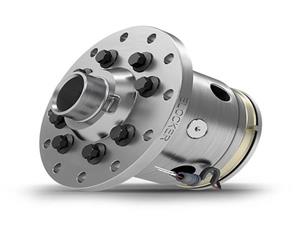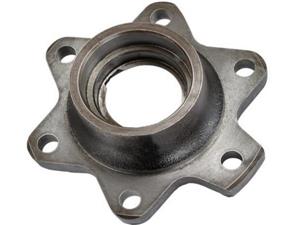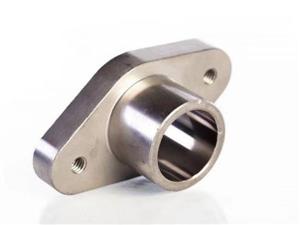Revealing the Advantages and Disadvantages of Steel Castings
Steel casting manufacturers are very fond of the material used in this bell casting. Steel castings have advantages such as shape and quality design, minimum stress concentration coefficient, and strong overall structure, all of which can reflect the flexibility of steel castings. The demand for steel casting products in the market is also very high. Due to the strong plasticity of steel castings, products ranging from small to tens of grams to hundreds of tons can be made from steel castings, so the application range of steel casting products is also very wide.
1. Advantages of Steel Castings
(1) High flexibility of steel castings
The most important advantage of steel castings is their high flexibility. Generally, steel casting manufacturers have great freedom in selecting the size and shape of castings when designing the process. Especially for parts with particularly complex shapes or central control sections, steel castings can be solved by the special process of core assembly. Forming and changing the shape of steel castings have become very simple, and the transformation speed from design drawings to finished products is also very fast. This is also conducive to rapid quotation response from casting manufacturers, and the delivery time will be correspondingly shortened.
(2) A sharp change from light to heavy
Steel castings have a large range of changes in weight, and unlike other castings, they are too small to be made, and too large to be made. Steel castings can range from investment precision castings weighing tens of grams to large steel castings weighing hundreds of tons.
(3) The structural strength of steel casting materials is very strong
The material isotropy of steel castings and the overall structural strength of steel castings greatly improve the reliability of engineering. In addition, as mentioned earlier, the advantages of weight design and short delivery time give casting products a competitive advantage in terms of price and economy in the market.
2. Disadvantages
(1) The structure of steel castings is prone to unevenness during casting
After melting at high temperatures, raw steel materials will form molten steel. After liquid steel is injected into the mold, it will first come into contact with the mold wall. The temperature of the molten steel in contact with the mold wall will rapidly decrease, making it easy to solidify into smaller grains. As the subsequent molten steel is poured in, the distance from the mold wall will increase, and the influence of the mold wall will gradually weaken. As a result, grains will grow into columnar crystals parallel to the mold wall along the perpendicular direction. In this way, in the middle of the casting, there is no obvious directionality in heat dissipation, and it will freely grow in various directions until it comes into contact with each other, forming an equiaxed crystal zone. It is in this situation that the internal structure of the casting is uneven and the grains are relatively coarse.
(2) Rough surface of castings
The rough surface produced by steel casting manufacturers is generally relatively rough, which cannot be compared to the surface of machined castings, and the shape is also relatively complex.






